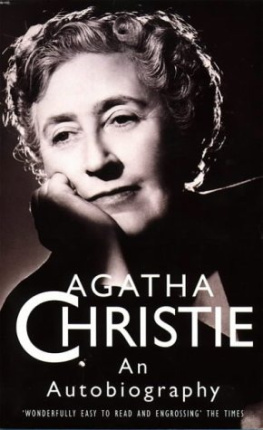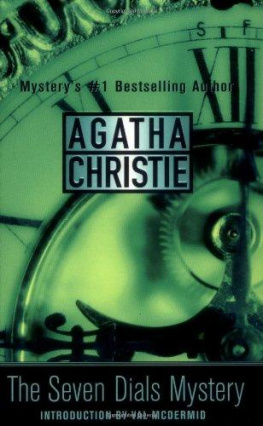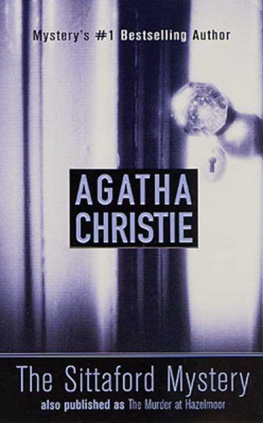A IS FOR ARSENIC
That was the beginning of the whole thing. I suddenly saw my way clear. And I determined to commit not one murder, but murder on a grand scale.
Agatha Christie , And Then There Were None
A IS FOR ARSENIC
The Poisons of Agatha Christie
Kathryn Harkup

Contents
She hath pursued conclusions infinite
Of easy ways to die.
William Shakespeare , Anthony and Cleopatra
DAME Agatha Mary Clarissa Christie (18901976), the Queen of Crime, holds the Guinness World Record as most successful novelist of all time. She has been outsold only by the Bible and by Shakespeare (and is more widely translated than the Bard); Christie is also the author of the worlds longest-running play, The Mousetrap , and created not one but two of the best-known fictional detectives, Hercule Poirot and Miss Marple. Praise, prizes and awards have been heaped on Christie for her work, and her books and plays are still loved by millions.
Many have attempted to divine the secret of her success. Christie always considered herself a popular writer, and acknowledged that she did not produce great works of literature or deep insights into the human condition. Nor did she revel in gore, or try to shock her readers with gratuitous violence. Christie created many corpses in the pages of her books, but the reactions they produce are most likely to be curiosity and a smile at the prospect of clues, red herrings and brilliant deductions. She was a teller of tales, an entertainer, and a poser of seemingly insoluble puzzles.
Christies detective stories repeatedly demonstrate that she was a master of misdirection. She presented clues fairly and in plain sight, often drawing attention to them, but safe in the knowledge that most readers would form their own, wrong, conclusions. When the murderer is finally revealed readers are generally left kicking themselves that they didnt spot the obvious, or they cry foul and go back to the beginning, only to discover the clues were there all along.
An understanding of the science behind the poisons Christie used only gives a better appreciation of her cleverness and creativity in plotting.
A poisoners apprentice
Agatha Christies knowledge of poisons was certainly exceptional. Few other novelists can claim to have been read by pathologists as reference material in real poisoning cases (see page ). Several of the people who kindly read chapters of this book in its early stages have asked me How did she know all of this? The answer is that her knowledge came from direct experience with poisons and a lifelong interest in the subject, though not in the criminal sense.
In the First World War, Christie volunteered as a nurse at her local hospital in Torquay. She enjoyed the work but when a new dispensary opened at the hospital it was suggested that she might work there. Her new role required further training, and Christie also needed to pass examinations to qualify as an apothecarys assistant, or dispenser, which she did in 1917.
Then and for many years afterwards, doctors prescriptions were made up by hand in a chemists shop or hospital dispensary. Poisons and dangerous drugs were carefully weighed out and checked by colleagues before being dispensed. Innocuous ingredients such as colouring or flavouring could then be added according to personal taste. As Christie explained in her autobiography, this resulted in many people returning to the pharmacy to complain that their medicine didnt look right, or didnt taste as it usually did. As long as the drug in question had been added in the correct dose all was well, but accidents sometimes occurred.
In order to prepare for the Apothecaries Hall examination Christie was tutored in practical, as well as theoretical, aspects of chemistry and pharmacy by her colleagues at the dispensary. In addition to her work and tutoring at the hospital, Agatha received private tuition from a commercial pharmacist in Torquay, a Mr P. As part of her instruction, one day Mr P. showed her the correct way to make suppositories, a tricky task that required some skill. He melted cocoa butter and added the drug, then demonstrated the precise moment to turn the suppositories out of the moulds, box them up and label them professionally as one in one hundred . However, Christie was convinced that the pharmacist had made a mistake and added a dose of one in ten to the suppositories, ten times the required dose and potentially dangerous. She surreptitiously checked his calculations and confirmed the error. Unable to confront the pharmacist with his mistake, and frightened of the consequences of dispensing the dangerous medicine, she pretended to trip and sent the suppositories crashing to the floor, where she trod on them firmly. After she had apologised profusely and cleared up the mess, a fresh batch was made, but this time at the correct dilution.
Mr P. had carried out his calculations using the metric system, at a time when the imperial system of measurement was vastly more common in Britain. Agatha Christie didnt trust the metric system because, as she said, The great danger is that if you go wrong you go ten times wrong. By putting the decimal point in the wrong place, Mr P. had made a serious miscalculation. Most pharmacists at the time were much more
It wasnt just Mr P.s inattention to detail that troubled Christie. One day, he pulled a brown lump from his pocket and asked her what she thought it might be. Christie was perplexed, but Mr P. explained that it was a lump of curare, a poison originally used by hunters in South America on the tips of their arrows. Curare is a compound that is completely safe to eat but deadly if introduced directly into the bloodstream. Mr P. explained that he carried it around with him because it makes me feel powerful. Nearly fifty years later, Christie resurrected the deeply disconcerting Mr P. as the pharmacist in The Pale Horse .
*
By 1917, Christie had written some poems and short stories, a few of which had been published. And then, after reading The Mystery of the Yellow Room by Gaston Leroux, Christie thought she would try to write a detective novel herself, and said as much to her sister, Madge. But Madge, a more successful writer than Agatha at the time, stated that it would be very difficult, and bet her that she wouldnt be able to do it. It was not a formal bet, but nonetheless it spurred Christie to write. It was while working as a dispenser that she found she had the time to think about the plot and her characters, and, being surrounded by poison bottles, she decided that poison would be the means of murder.
The resulting novel was The Mysterious Affair at Styles , and Christie demonstrated her detailed knowledge of strychnine throughout the book. However, she had to wait a few years and try a number of publishing houses before the novel was finally accepted in 1920. After publication Christie received her most cherished compliment when it was reviewed in the Pharmaceutical Journal and Pharmacist . This novel has the rare merit of being correctly written, the reviewer stated. He believed the author must have had pharmaceutical training, or had called in an expert.
A criminal career
The publication of The Mysterious Affair at Styles was the start of a long and very successful career, but it was only after publishing three novels that Christie acknowledged that she might be a professional writer. She maintained her interest in poisons and drugs throughout her writing life, and only reluctantly used guns in her work she freely admitted to knowing nothing about ballistics. The scientific details of her chosen poisons were well researched. She built up a considerable medico-legal library over the years, with the most well-thumbed book in her collection being Martindales Extra Pharmacopoeia .
Next page
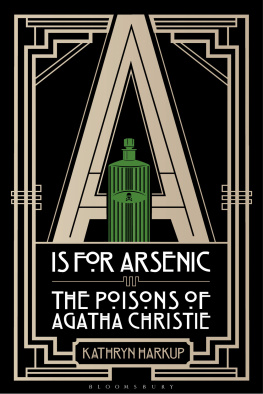
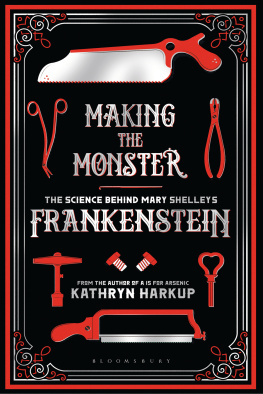

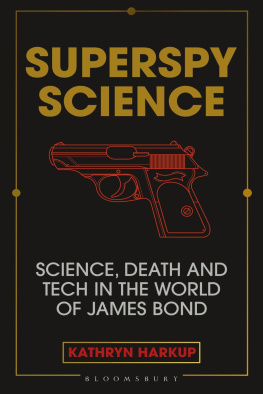

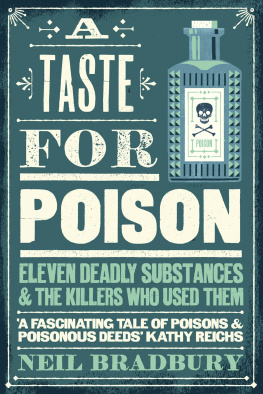
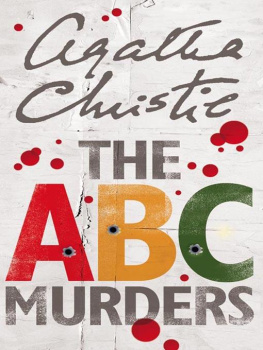
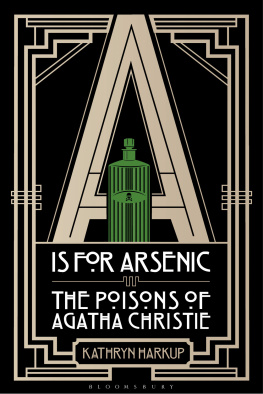
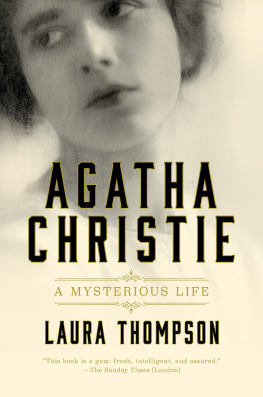

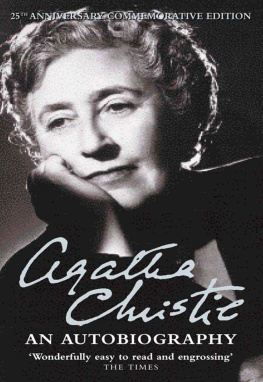
![Agatha Christie [Agatha Christie] - Problem at Pollensa Bay](/uploads/posts/book/140367/thumbs/agatha-christie-agatha-christie-problem-at.jpg)
